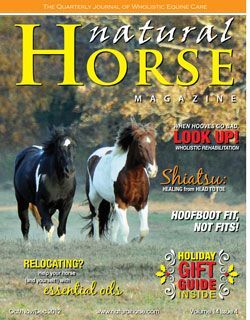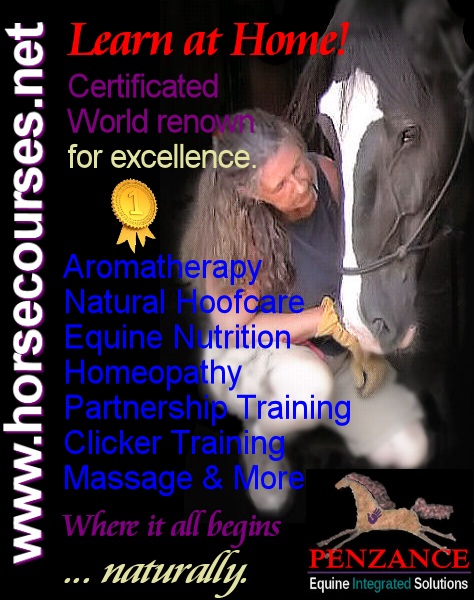MASTER OR SERVANT?
In the light of excellent horsemanship on needs to consider the air in which the relationship forms between horse and human.
Is it one of Master-Servant?
Or,
Is it one of Servant-Leader?
Let’s take a look at each of these positions briefly.
MASTER-SERVANT
The Master-Servant relationship is one based on dominance and intimidation. The Servant KNOWS that the “Master” will, most likely, dole out punishment for any wrong doings. Thus, the “Servant” will perform his/her duties swiftly and in as much perfection as possible. (S)he does so with an air of submission and unworthiness. The diminutive state of thinking of the “Servant” can be one of unworthiness, fear, uncertainty mixed with resentment and even unleashed hatred. The “Master” uses the servant for his/her own pleasures without thought as to the ‘Servant’s’ feelings and desires or even maybe limitations and needs. The “Master” cares not about the personality or the imposed self-worth of the servant but, instead, lauds him/herself as the utmost authority and as self-appointed head position.
The “Master” fuels him/herself upon egotistical exercises to bring his/her own grandeur into front focus.
The “Master”, in Horsemanship, is “THE BOSS” or, the “ALPHA MARE”.
The Servant wants nothing to do with him or her.
Now, let’s take a look at the “Servant-Leader” and define that role:
SERVANT LEADER
The role of Servant-Leader takes upon the parameters of service to another. Whether it be human or other, the servant-leader looks FIRST to the welfare of others and aids in the positive development and success of those others before him/herself.
Not withstanding the role of Leader, the Servant-Leader also knows the importance of self-worth and, as such, shares that knowlege with others and strives to encourage and teach others to obtain the same.
The servant-leader is SERVANT first … a conscious choice to strive for a state of being which then aspires the act of Leadership. Guidance, Encouragement, Success, Growth, Freedom of Choice and Nurturing.
Robert K. Greenleaf, who coined the term “servant leadership’ in the 1970’s states,
“The more able and the less able serving each other, is the rock upon which a good society is built.”
How does this all fit in with Excellence in Horsemanship?
Horses are, by nature, communal herd animals with strict societal rules. A herd is a society standing on its own. It is much like a well-run Parliment. A large herd of hundreds of horses ‘protected’ by one
Alpha mare and one Stallion. The herd is broken into sub-families each with its own societal order consisting of the Lead Mare, several other mares whose ranks change often, their offspring and the family’s Stallion.
The Alpha mare’s role is to stand in front and protect the ENTIRE herd of hundreds. She has no time or attention to spare for frivolous play. She is “The Queen”. She dominates the herd with little challenge from others. She is ruthless in protecting her position and will phsyically defend her position fiercely.
The Stallion’s role is to protect the herd from behind and, likewise, has no time or attention for any frivolous play. The Stallion’s role is also to further the herd’s ‘survival of the fittest’ status and see to it that no rogue stallions, who are less then worthy, attempt to diminish the herd’s future gene pool. He is “The King” and is relentless enough to kill a less-than-perfect foal of his own simply for the betterment and protection of his herd/gene-pool.
The sub-families operate more or less as a democratic government. The Lead mare’s role in each family group is that of the Grand-Mere … or, Grand Mare. She is the protector of the family, nurturing, teaching, guiding, sharing, directing, protecting and feeding her family. She is chosen by the other family members to take on this role; rarely does she phsyically take over the position. Other mares may vy for the position now and then but quickly acquiesce to her trustworthy position.
The Alpha Mare plays the role of Master while the others are her servants who dutifully ‘do her bidding’.
The Lead Mares play the role of Servant-Leaders while the others are her ‘family’ who trust her and strive to please her.
Question: What role do YOU play in your herd?











..and when we all walk/ride through a rocky , wet, muddy or unstable place, and they are affraid, i get down and go in front..then they go after me, and step right where i had stepped…where it puts me?..
Puts you in lead position … they’re trusting YOU to keep them safe through the area. 🙂
hahahaha! i just got more confused! now i have no idea!…hum..the fact that both the stallion and the little mini horse just allow othrs to mount them AFTER i introduce the other rider takes me more to one or other side?